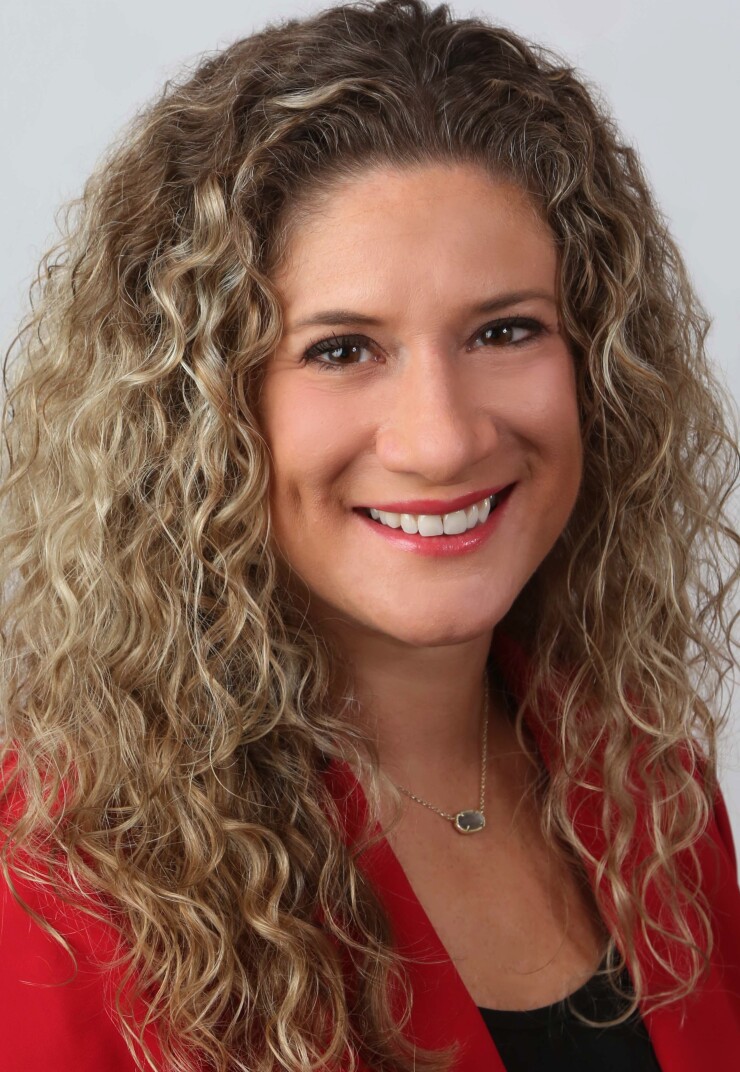Digital Insurance spoke with Rose Hall, senior vice president and head of innovation for the Americas at AXA XL. Hall led the development and launch of the carrier's Construction Ecosystem, a suite of products, services and networks intended to reduce risk for AXA policyholders in the construction business. Hall joined AXA in 2015 and began working on the Ecosystem project in 2019. The insurer promoted Hall to her current role in October. The project, which became operational in 2020, has been recognized with awards from the Celent and Accenture consultancies. AXA's office of innovation plans to roll out the Ecosystem to other sectors. Its innovation services unit partners with 35 technology companies to serve AXA policyholders.


